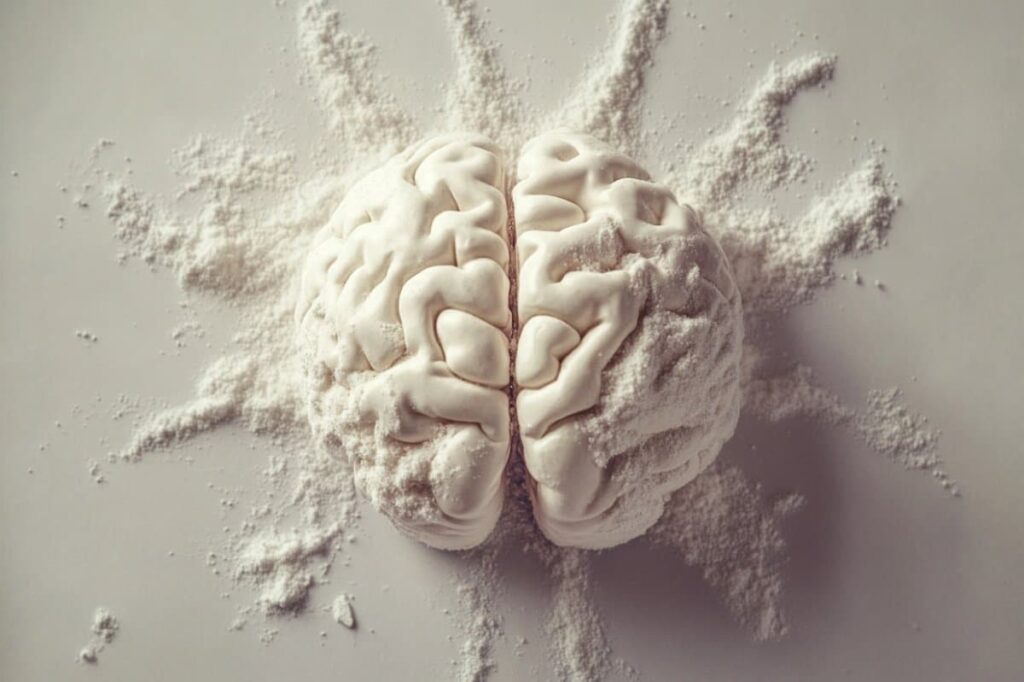
In a groundbreaking study, researchers at the University of Utah have engineered fruit flies that voluntarily consume cocaine, creating the first fly model for cocaine addiction. This innovative approach could significantly accelerate the understanding and treatment of cocaine use disorder, a condition affecting approximately 1.5 million people in the United States alone.
Typically, fruit flies avoid cocaine due to its bitter taste. However, by disabling their bitter-sensing receptors, scientists were able to encourage addictive behavior within just 16 hours of exposure. This development is a major step toward rapidly testing the genetic and neurological mechanisms behind cocaine use disorder.
Revolutionizing Addiction Research
The newly developed fly model is poised to transform addiction research. Flies share many addiction-related genes with humans, making them an ideal subject for genetic studies. According to the study published in the Journal of Neuroscience, this model allows for fast screening of addiction-related genes, potentially informing new treatment targets.
Dr. Adrian Rothenfluh, associate professor of psychiatry and senior author of the study, noted the similarities between flies and humans in their reactions to cocaine. “At low doses, they start running around, just like people,” he explained. “At very high doses, they get incapacitated, which is also true in people.”
The Bitter Barrier
The research team, led by first author Dr. Travis Philyaw, identified the flies’ aversion to cocaine as a critical barrier to developing the model. “Insects are evolutionarily primed to avoid plant toxins, and cocaine is a plant toxin,” Philyaw said. By observing the flies’ sensory responses, the researchers discovered that cocaine strongly activates bitter-sensing taste receptors in the flies’ tarsal segments.
By silencing these bitter-sensing nerves, the flies began to develop a preference for cocaine-laced sugar water over plain sugar water. This preference emerged rapidly, within 16 hours of first exposure, at low concentrations of cocaine.
Implications for Human Addiction
The implications of this research extend far beyond the laboratory. By using fruit flies, scientists can study the process of addiction more efficiently, examining hundreds of potentially relevant genes in a much shorter time span. “We can scale research so quickly in flies,” Philyaw emphasized. “We can identify risk genes that might be difficult to uncover in more complex organisms.”
Rothenfluh added, “We can really start to understand the mechanisms of cocaine choice, and the more you understand about the mechanism, the more you have a chance to find a therapeutic that might act on that mechanism.”
From Basic Science to Breakthroughs
Beyond specific searches for therapeutics, the study underscores the importance of basic science in uncovering unexpected insights. “Just trying to understand the simple little fly brain can give us insights that you cannot anticipate,” Rothenfluh remarked. “Basic science is important, and you never know what exciting things you might find that turn out to be impactful for understanding the human condition.”
This research, funded by the Huntsman Mental Health Institute, the University of Utah Molecular Medicine Program, and the National Institutes of Health, opens new avenues for testing human genetic variants associated with cocaine use disorder. The findings could eventually lead to the development of effective treatments for this challenging condition.
“Bitter sensing protects Drosophila from developing experience-dependent cocaine consumption preference,” noted the study, highlighting the protective role of bitter sensation in preventing cocaine self-administration.
As the scientific community continues to explore the potential of this model, the future of addiction research looks promising, with the possibility of significant advancements in understanding and treating cocaine use disorder on the horizon.







